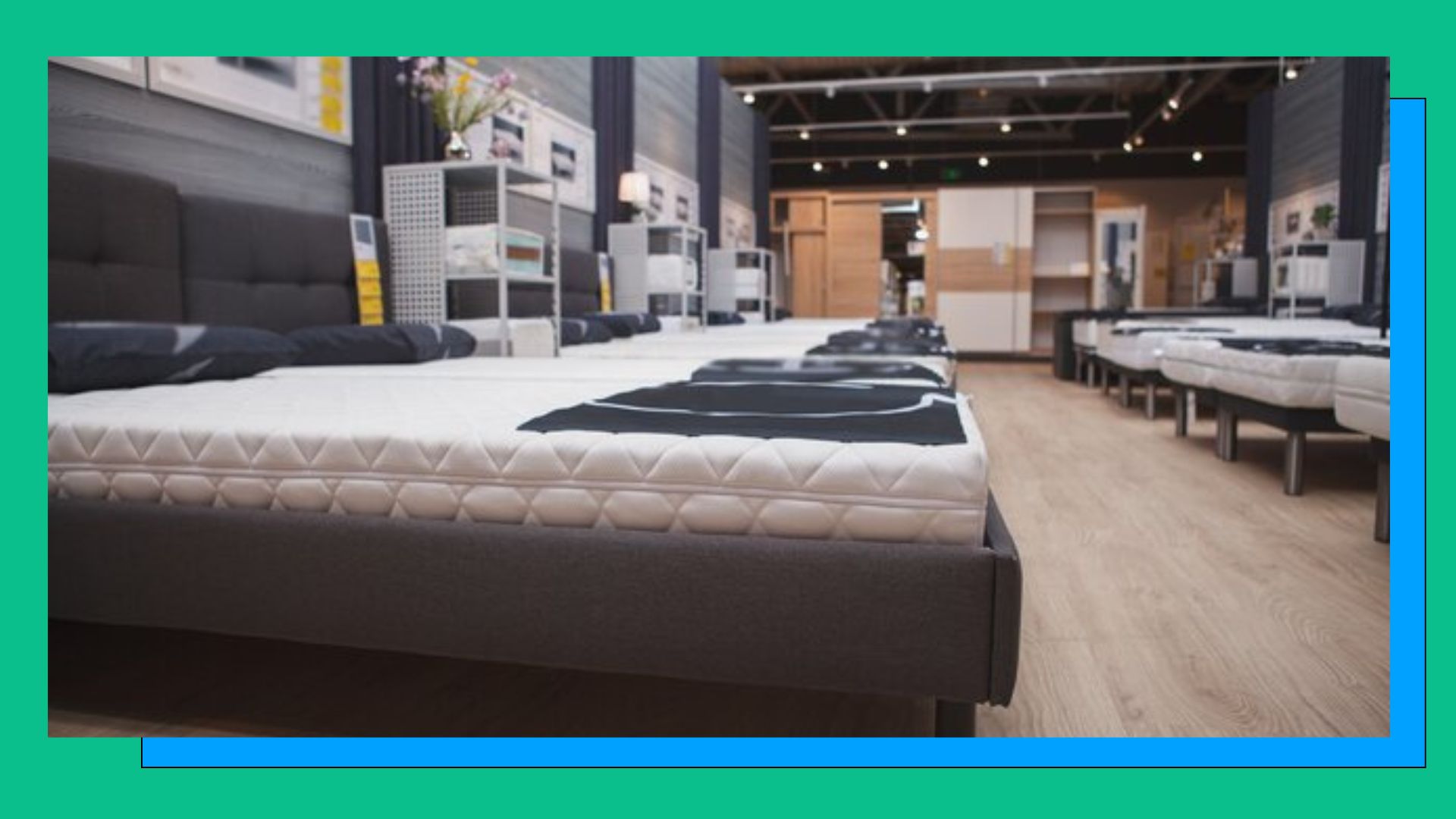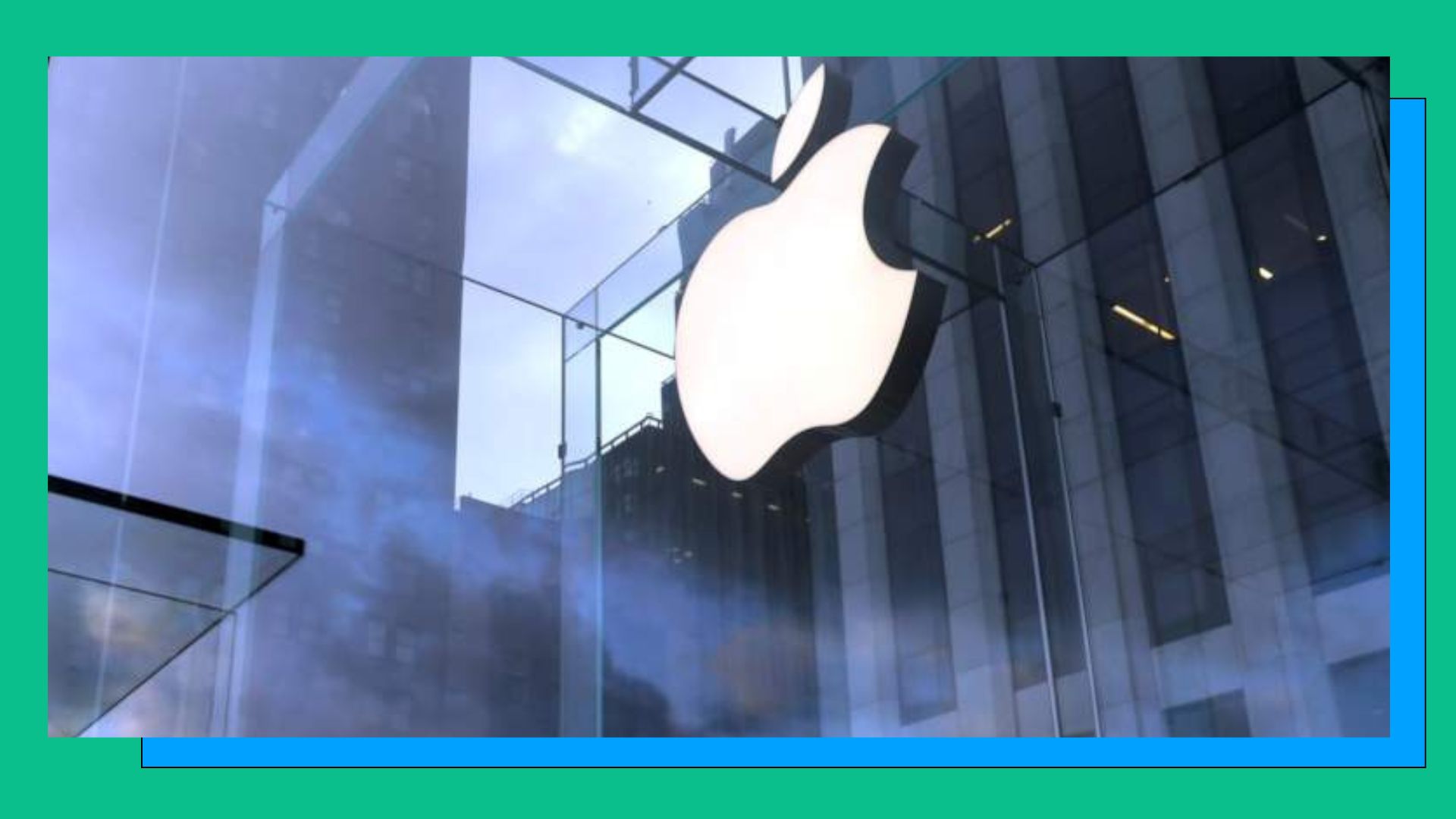From strollers and mattresses to power drills and dog bowls, tariffs are already making common household goods more expensive for American consumers—while putting pressure on companies to raise prices, cut products, or find new strategies to survive in a volatile trade environment.
Trade Tensions Add to Consumer Costs
Despite a temporary reduction in tariffs on Chinese imports, companies are already absorbing the effects of:
- A 10% universal tariff on all U.S. imports
- A 30% tariff on Chinese goods, still in place even after a new deal between Washington and Beijing
The Federal Reserve reports tariffs have caused a 0.3% rise in consumer prices so far this year. In response, some companies are hiking prices across the board, others are selectively increasing prices, and many are eliminating products that customers may no longer afford.
“If you raise prices too much, demand goes down and you lose market share,” said Z. John Zhang, a pricing strategy professor at the University of Pennsylvania.
Political Risks in Pricing
Raising prices isn’t just an economic calculation—it’s now also a political minefield. After Amazon considered showing tariff costs directly on product pages, President Trump personally called Jeff Bezos to object. He also threatened Mattel when the toy company announced plans to raise prices due to tariffs.
“Companies should present pricing as part of a broader business strategy—not just point to tariffs,” said David Garfield, co-CEO at consulting firm AlixPartners.
Who’s Raising Prices?
Many major companies are already raising prices:
- Stanley Black & Decker (DeWalt, Craftsman, Black + Decker):
Raised prices by high single digits in April; more increases expected later this year. - Yeti:
Raised prices in April by an average of 7% on coolers, 11% on tumblers, and 22% on dog bowls. - Avocado Green Mattresses:
Increased mattress prices by 6%, with other products up 7.5%. - Therabody:
Hiking massage gun prices by up to 15% this month. - UPPAbaby:
Raised stroller and baby gear prices on May 5, citing rising import costs from China.
“We exhausted every option before increasing prices,” the company told customers in a statement.
Smart Pricing—or Product Cuts
Pricing strategies depend on the brand and its customer base:
- Luxury brands can pass on higher costs more easily.
- Discount retailers and family-focused brands face more resistance.
Some stores even use “known value” items like milk or eggs to draw in shoppers while raising prices on less obvious items.
“Retailers may keep prices low on essentials but raise others behind the scenes,” said Alexander Chernev, marketing professor at Northwestern.
Cutting Products That Won’t Sell
Some companies are going beyond pricing tweaks—they’re eliminating products altogether.
Abacus Brands, which imports toys from China, is cutting around half of its 85 products this year:
- Its Pixicade game was supposed to go from $29.99 to $39.99 under 145% tariffs, but after the tariff shift to 30%, it will remain at $29.99.
- The company is discontinuing its MasterChef game, which would have jumped from $59.99 to $89.99.
“It won’t sell at $89,” said CEO Steve Rad. “We’re now focusing only on proven winners.”
As the pricing pressures mount, many brands are now walking a tightrope between surviving rising costs and keeping customers loyal—all while facing political scrutiny for their choices.












